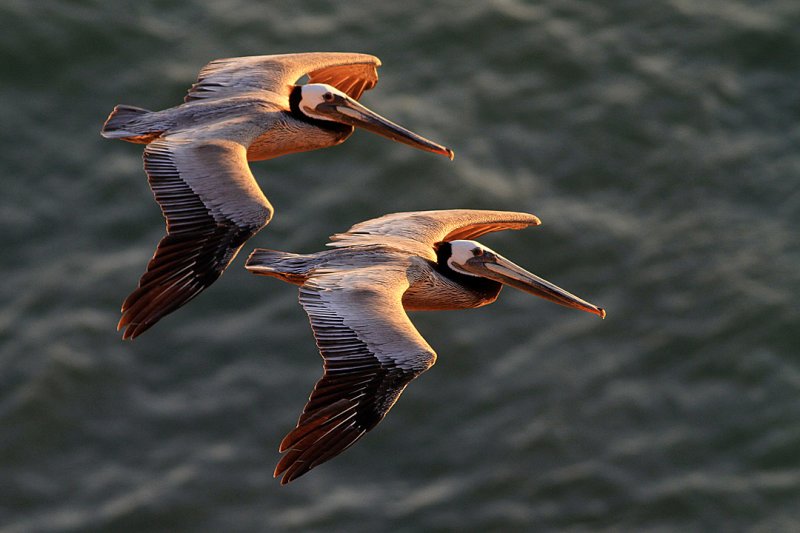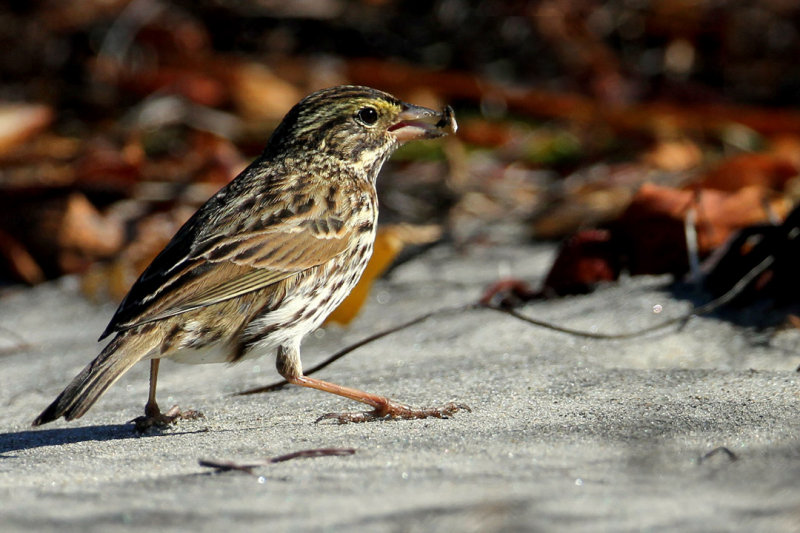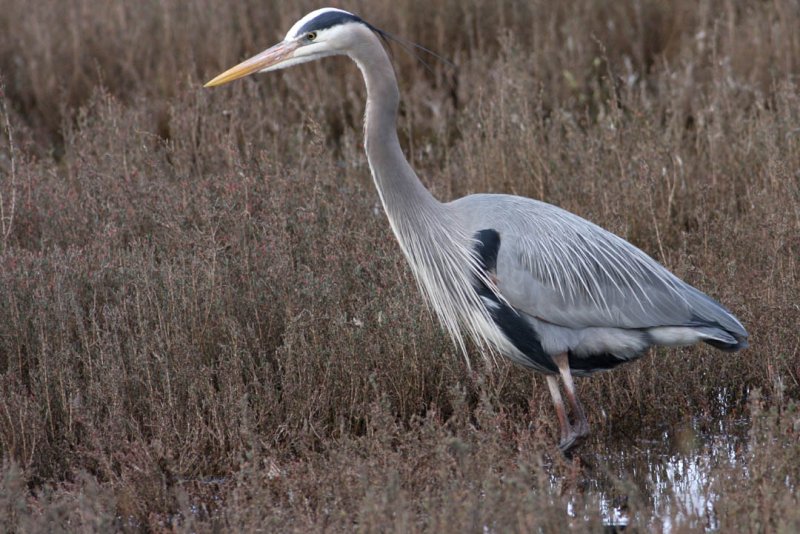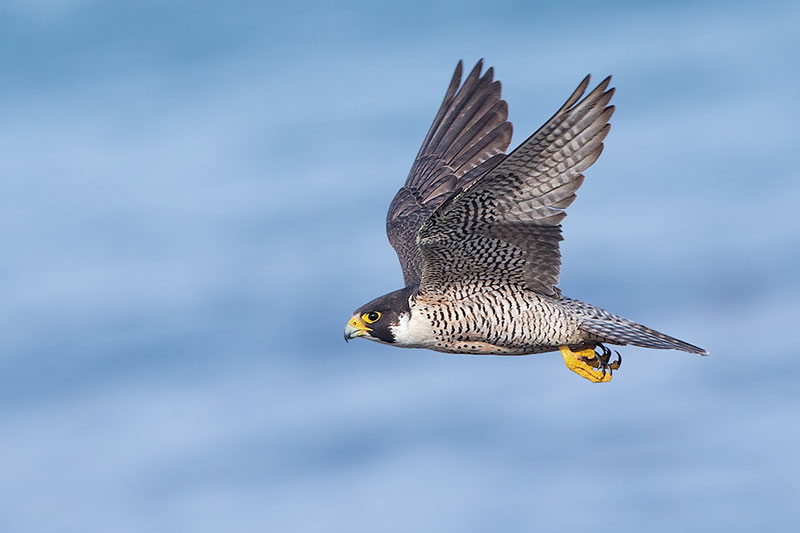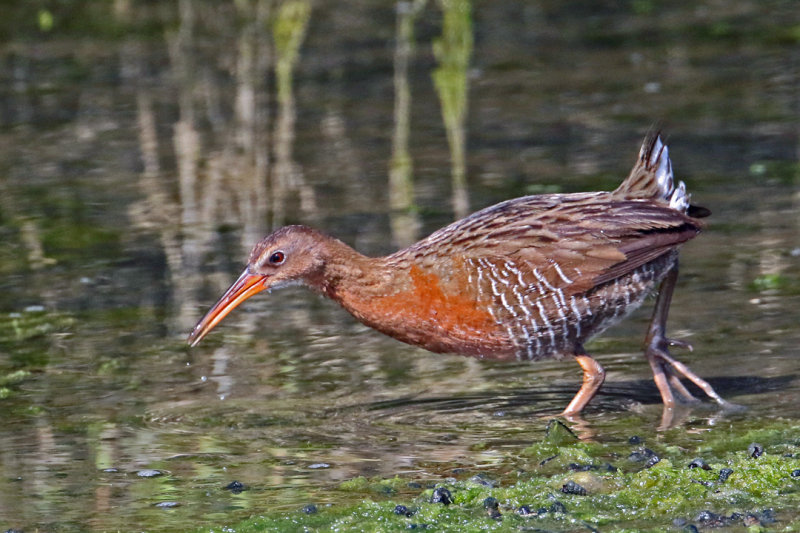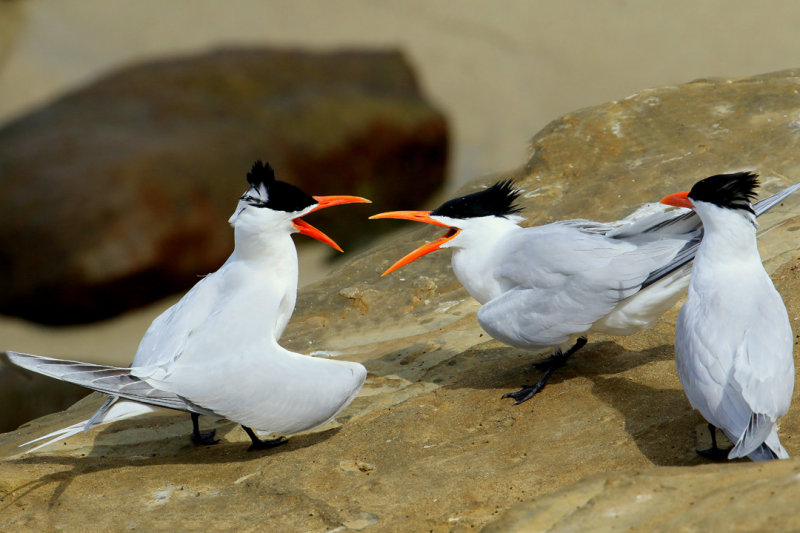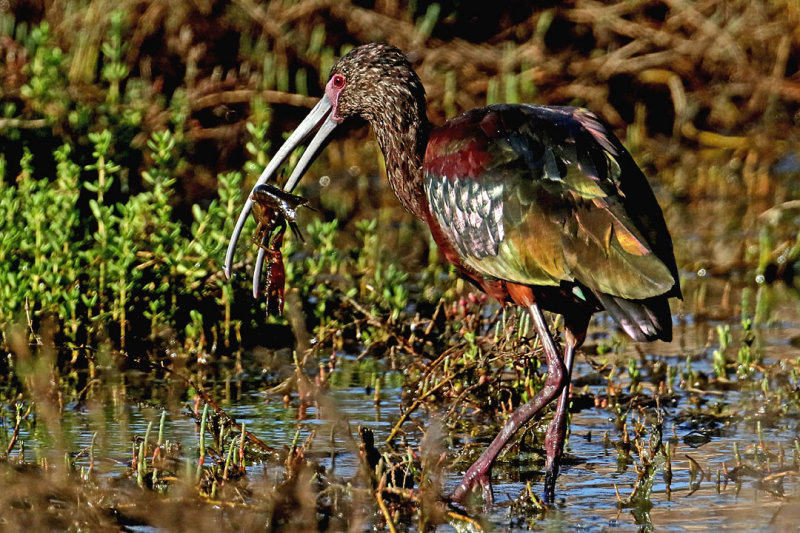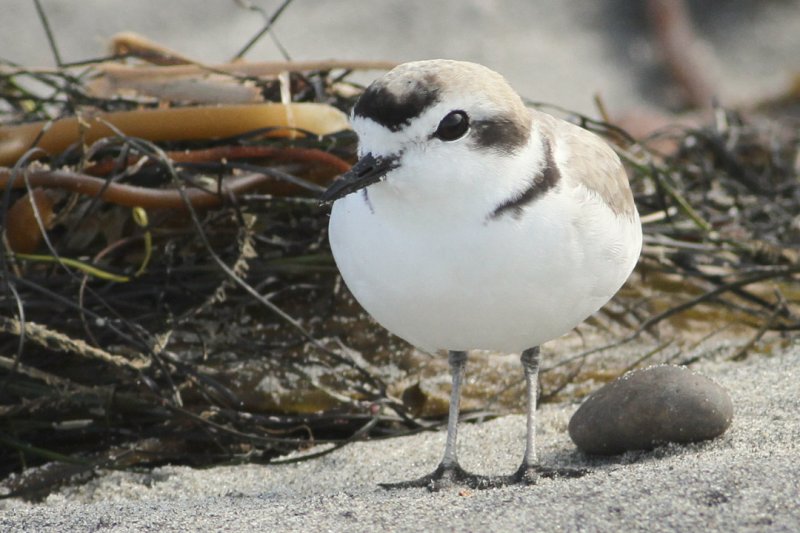BIRDS GUIDE
BIRDS (AVIFAUNA)
The avifauna of Los Peñasquitos Lagoon is diverse, exhibiting temporal and spatial variation in their abundance, distribution, and activity. More than 164 bird species have been documented in the Lagoon. This diversity in bird species can be attributed to the availability of a variety of habitats, including salt marsh, brackish marsh, intertidal mudflats, coastal scrub, dunes, and riparian habitats. Weedy areas that are of lower biological value than native communities also provide foraging grounds for several species of raptor.
Los Peñasquitos Lagoon is also an important stop along the Pacific Flyway, a migratory route used by birds traveling between breeding sites in Arctic and sub-Arctic regions and southern wintering sites. Along this flyway, the Lagoon serves as a foraging and resting area. Although many birds continue to travel south during the late summer and fall months, many shorebird, water fowl, passerines, and raptor species winter at Los Peñasquitos Lagoon and other regional lagoons and estuaries.
Currently there are five listed bird species that inhabit the Lagoon and adjacent uplands. These include the federally- and state-listed endangered light-footed Ridgway’s rail (Rallus obsoletus levipes), and least Bell’s vireo (Vireo bellii pusillus); the federally-listed threatened western snowy plover (Charadrius alexandrinus nivosus) and coastal California gnatcatcher (Polioptila californica californica); and the state-listed endangered Belding’s savannah sparrow (Passerculus sandwichensis beldingi). With the exception of the gnatcatcher, which nests in upland habitats, including southern maritime chaparral and coastal sage scrub, the remaining species feed and nest within the Lagoon habitats. The status of each of these species is presented in Sensitive Species.
Historically, the Lagoon provided nesting habitat for federally listed endangered California least tern (Sterna antillarum browni) in the western reaches of the Lagoon near the North Beach parking lot and along the western edge of the 1888 railway berm. However, this species has not been observed nesting in the Lagoon since the 1980s because of human disturbance, predation of fledglings, and encroachment of vegetation over open areas that served as viable nesting sites.
California brown pelican (Pelecanus occidentalis) is a frequent visitor to the Lagoon, using exposed sand bars and beach within the Lagoon’s inlet area to rest between feedings offshore of Torrey Pines State Beach. While this species was previously federally-listed as threatened, it was delisted by the U.S. Fish and Wildlife Service in 2009 and, therefore, is not included as listed species in this section.
Below are some of the birds you may find at Los Peñasquitos Lagoon and its upland habitats:
Birds are indictors of the environment. If they are in trouble, we know we’ll soon be in trouble.
– Roger Troy Peterson
Photo by Walt Knufken
Common Name: American Kestrel
Scientific Name: Falco sparverius
More Info
Photo by Walt Knufken
Common Name: Brown Pelican
Scientific Name: Pelecanus occidentalis
Status: Delisted from (Federally) Threatened in 2009
More Info
Photo by Walt Knufken
Common Name: Belding’s savannah sparrow
Scientific Name: Passerculus sandwichensis beldingi
Status: Endangered (State)
More Info
Photo by Walt Knufken
Common Name: Great blue heron
Scientific Name: Ardea herodias
More Info
Photo by Walt Knufken
Common Name: Osprey
Scientific Name: Pandion haliaetus
More Info
Photo by Will Sooter
Common Name: Peregrine falcon
Scientific Name: Falco peregrinus
Interesting Fact: Peregrine falcons are the fastest animal on earth, often exceeding 200 mph on its hunting stoop (high speed dive).
More Info
Photo by Walt Knufken
Common Name: Ridgway’s rail (formerly Light-footed clapper rail)
Scientific Name: Rallus obsoletus levipes
Status: Endangered (Federal & State)
More Info
Photo by Walt Knufken
Common Name: Royal terns
Scientific Name: Thalasseus maximus
More Info
Photo by Walt Knufken
Common Name: Snowy egret
Scientific Name: Egretta thula
More Info
Photo by Walt Knufken
Common Name: White-faced ibis
Scientific Name: Plegadis chihi
More Info
Photo by Walt Knufken
Common Name: Western snowy plover
Scientific Name: Charadrius alexandrinus nivosus
Status: Endangered (Federal & State)
More Info
 Live conditions
Live conditions
As of 8:03 PM PDT,
April 27
Temp: 59.9 F (15.5 C)
Humidity: 85%
Wind: From the SSW
at 5.0 MPH Gusting
to 5.0 MPH
Pressure: 29.79″

